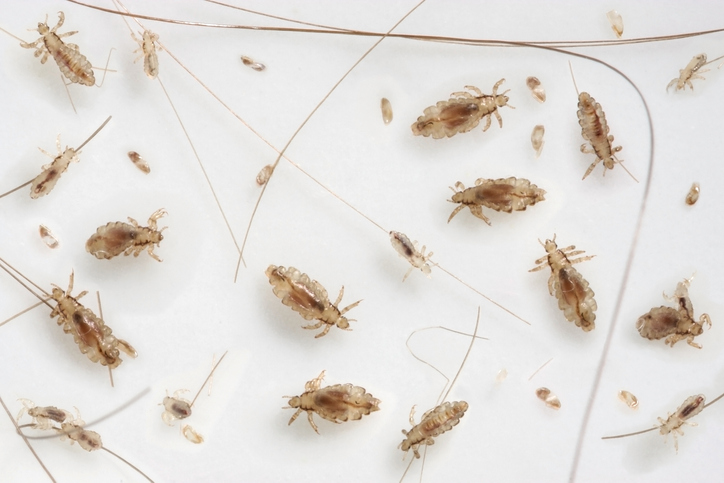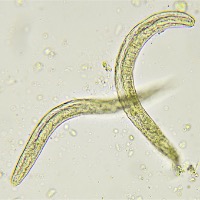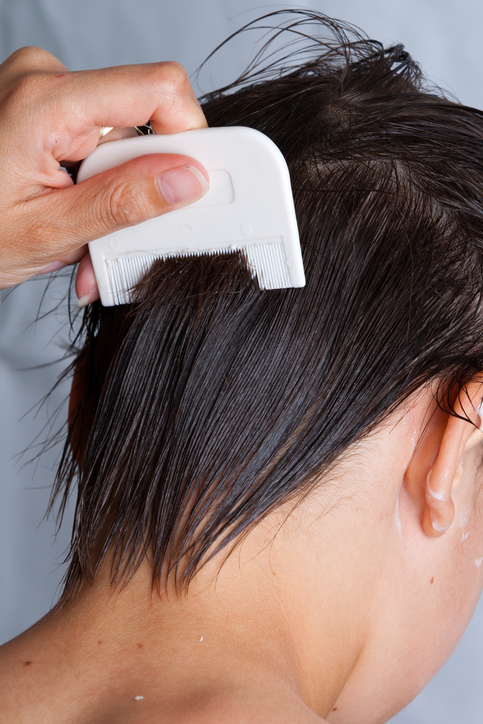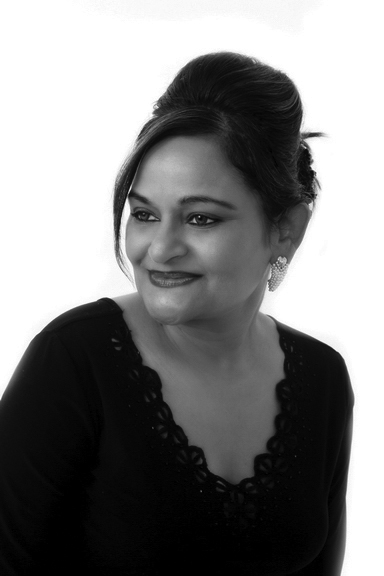Pesky parasites
In Families
Follow this topic
Bookmark
Record learning outcomes

Head lice is one of the most common parasitic infections in the UK. A 2016 study revealed that almost half of children surveyed had been affected in the past five years. Historically, parents have turned to products containing insecticides, such as malathion, but current evidence indicates that they appear to have lost their potency.
The British National Formulary suggests products containing malathion in particular should no longer be recommended. With the new school term starting and the likelihood of parents visiting pharmacy for solutions, what do the experts recommend for treating common infections?
Physically acting treatments for head lice have made a positive impact on control and management of insecticide-resistant lice. So much so, that they have virtually ousted insecticide-based products from the market in several countries. Ian Burgess, director of Insect Research & Development Ltd, is concerned that some of these products may need more research.
| FACTS ABOUT HEADLICE |
|
“Sales of insecticides in the UK are at a diminishing all-time low,” he says. “However, some of the alternatives described as physically acting and marketed as medical devices – with a CE mark – are not as effective as they should be. Many of them have not been subjected to clinical trials, despite the EU Directive on medical devices requiring clinical evidence. They rely on in vitro testing to support their claims.”
Although there are issues with some products, Mr Burgess confirms that some do have suitable trials backing up their claims, for example Hedrin Once liquid and spray gels and Nyda head lice treatment. However, the category is in need of an overhaul, he believes.
“Basically, the category is a mess and needs tidying up,” he says. “While combing can be effective, in my experience most people have neither the skills nor the stamina to do it effectively every time, which is why properly constructed and effective treatments that have been proven to work are needed.”
According to the experts at Hedrin, because Hedrin All in One Shampoo does not contain pesticides, lice cannot build up resistance. “It is important to deal with head lice promptly to prevent the infestation from spreading further,” says Mr Burgess.
There is clearly a need for products that are easier to use and more effective. Vigilance to stop lice establishing in the first place will help to make treatment easier. In the meantime, physical treatments and comb kits such as Nitty Gritty can be recommended to parents concerned about eradicating lice. Advice from the Nitty Gritty team is to “offer a product that removes not only active head lice, but also the egg cases (nits) and live eggs. As well as selling this as a standalone product, pharmacy staff can sell it alongside liquid treatments for effective egg removal.”
There is clearly a need for products that are easier to use and more effective
Nitty Gritty recommends advising parents not to use nit combs on dry hair, but instead to brush hair first to remove tangles, then apply hair conditioner to enable the comb to pass smoothly through, taking lice, eggs and nits with it.
|
Tips for stubborn head liceParents may seek advice after repeat infestations, so in order to advise them properly pharmacy staff should first establish whether they have been treating them correctly in previous attempts at eradication. Start with checking if the correct product has been used. Ideally, this should be one that has evidence supporting its ability to treat head lice. Staff also need to make sure products have been used correctly. Ask:
|
The British Association of Dermatologists recommends that head lice diagnosis should be made by scalp examination using a magnifying glass and a bright light to look for moving lice and unhatched eggs fixed to the hairs. “No special tests are needed, although a special fine-toothed comb (a nit comb) is often the best way to identify the lice and their eggs,” says the association’s Holly Barber.
Less common, but no less irritating: scabies
Scabies is less common than head lice. Although historically it has not been accurately reported, the number of UK GP consultations is thought to be about 100 per 100,000 population per month, according to NHS figures. Topical permethrin cream is the suggested first-line treatment and should be applied to the whole body, including face, neck and scalp, under the nails and between fingers and toes. Malathion-based insecticides are not as effective as they once were, according to Mr Burgess. “After a short while, it was inevitable that some people would not use it thoroughly enough and so some mites encountered low doses and survived, which led to resistance,” he says.
The British Association of Dermatologists’ recommended head lice and scabies treatments
“Treating head lice is needed only when an active louse infestation is present,” says Holly Barber. There are three main treatment choices.
1. A physical insecticide, such as dimeticone 4% gel, lotion, or spray (Hedrin Once, Chemists’ Own Head Lice Spray), dimeticone 92% spray (Nyda), dimeticone >95% lotion (Linicin), isopropyl myristate and cyclomethicone solution (Full Marks Solution), isopropyl myristrate or isopropyl alcohol aerosol (Vamousse).
2. A chemical insecticide, such as malathion 0.5% aqueous liquid (Derbac-M).
3. Wet combing with the Bug Buster Kit or other nit comb.
Several preparations are effective in the treatment of scabies. Of these, permethrin cream and malathion liquid are the ones used most commonly in the UK.
Recent reports of increasing incidence in countries in mainland Europe suggests scabies could become a problem again. And although permethrin is the initial treatment of choice, Mr Burgess believes this could also be problematic. “There is evidence, particularly from Australia, with some hints from Europe, that mites are becoming resistant,” he says. “There is also the start of ivermectin resistance in Australia and who knows where else, so we are going to be a bit short on treatment options if there is a major outbreak.” The likelihood of there being a commercial demand for new treatments is small, though. “At its peak during the last upsurge in the UK, the case rate was only about 15 to 25 per 100,000 population at any one time,” says Mr Burgess.
Ms Barber advises that, because scabies and head lice cause similar symptoms, it’s important to know exactly which you are dealing with in order to provide the best treatment option. “It’s useful to be aware of current outbreaks in the community,” she says. “For instance, head lice are most often found in children at the start of the school year.”
She says scabies should be diagnosed by a medical professional based on family history and on examination of the rash. “A small superficial section of skin can be sent for examination under a microscope to confirm the diagnosis,” she says. “A widespread rash similar to eczema is very common in people with scabies. The itchy rash can cover much of the body, but the mites are found mainly in the folds of skin between fingers and toes, the palms of the hands, the wrists, ankles and soles of the feet, groin and breasts.”
Itchy nuisance three: threadworms
 Threadworm are common in UK children. Half of all children under the age of 10 are likely to be infected at some point. Threadworms are extremely contagious and there is a 75 per cent risk of transmission between family members. Most people experience intense perianal itching, which is typically worse at night and can cause disturbed sleep and irritability. Some people are asymptomatic and only realise they are affected when they see worms in their stools. Pharmacy staff should explain to parents that threadworm is common, easily treated and there is no need to keep children off school or nursery.
Threadworm are common in UK children. Half of all children under the age of 10 are likely to be infected at some point. Threadworms are extremely contagious and there is a 75 per cent risk of transmission between family members. Most people experience intense perianal itching, which is typically worse at night and can cause disturbed sleep and irritability. Some people are asymptomatic and only realise they are affected when they see worms in their stools. Pharmacy staff should explain to parents that threadworm is common, easily treated and there is no need to keep children off school or nursery.
Threadworm can be treated with over-the-counter remedies that contain mebendazole. A single dose may be enough, but a repeat may be needed two weeks later if infection persists. Threadworm can also be treated with strict hygiene measures, which is recommended for pregnant and breastfeeding women or babies under six months.
Hygiene measures
These should be used for two weeks alongside treatment with mebendazole or six weeks if using hygiene measures alone.
- Wash hands thoroughly with soap and warm water after using the toilet, changing nappies and before handling food
- Cut fingernails regularly, avoid biting nails and scratching around the anus
- Shower each morning, including the perianal area
- Change bed linen and nightwear daily for several days after treatment. Washing/drying in a hot cycle will kill eggs
- Don’t shake out items as this may distribute eggs
- Dust and vacuum (including mattresses) regularly, and clean bathrooms and kitchens by damp dusting, washing the cloth frequently in hot water.
|
|
|
| “This is a year-round category for us, especially head lice, and we have lots of parents coming in to ask our advice. They want to know the best products to treat them, how they should use them and whether there is anything available to prevent head lice infestation. Hedrin, Full Marks and Lyclear all sell well. In the past year or two we’ve noticed increased interest in pesticide-free and plant-based or essential oil-based products to treat head lice. It’s a good idea to dedicate a corner of your pharmacy to parasite products during the back-to-school season.” | “Patients in our area of north-west London are now directed to pharmacies to buy products to treat parasites as GPs are being discouraged from prescribing them. As a result, we’ve had to make our category more prominent. Questions we get asked are mainly about usage. Popular brands are Lyclear and Full Marks for head lice and Ovex for threadworm. Schools now send out letters to parents, which prompts customers to come into the pharmacy for advice. When displaying products behind the counter, make sure patients can still see them. Put out leaflets for customers to take away.” | “The most common queries are about head lice and threadworm, and occasionally scabies. The best selling products are Hedrin for head lice and Ovex for threadworm. Both brands are reasonably priced and cover treatment cycles of seven or 14 days. Our staff are trained to give effective advice around prevention alongside the treatment we recommend. Changes have recently been made to GP prescribing, so most parents of children who are affected will visit their local pharmacy. As well as the typical lotions, shampoos, herbal alternatives and mechanical removal products are all popular.” |


 Yolanda Kong
Yolanda Kong Lila Thakerar
Lila Thakerar Yasmeen Afsar
Yasmeen Afsar